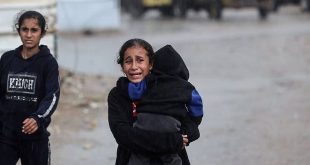Shi’i children’s books participate in their readers’ formation by explaining and illustrating pious norms in terms of emotional attachments, rituals, and prayers.
Szanto’s study examines a collection of Twelver Shi’i children’s books from the Syrian shrinetown of Sayyida Zaynab. As there are few Twelver Shi’is and Shi’i publishers in Syria, the Shi’i children’s books are imported from Lebanon, Iraq, and Iran. As a result, they reflect both local and regional conceptions and concerns. By drawing on the theoretical models offered by Judith Butler and Saba Mahmood, this article analyzes the processes of pious subject cultivation as well as the construction of religious authority through illustrated children’s books. It demonstrates how the nurturing of Shi’i subjects occurs in stages that emphasize affect, openness to authoritative others, and the acquisition and habituation of virtues. Within this general framework, there also exist differences in opinion with respect to precisely what kind of authorities pious Shi’is should relate to, emulate, and follow.
Bibliographic Information
Title: Illustrating an Islamic Childhood in Syria: Pious Subjects and Religious Authority in Twelver Shi’i Children’s Books
Author(s): Edith Szanto
Published in: Comparative Studies of South Asia, Africa and the Middle East, Volume 32, Number 2, 2012
Language: English
Length: 13 page
 Ijtihad Network Being Wise and Faithful Muslim in the Contemporary World
Ijtihad Network Being Wise and Faithful Muslim in the Contemporary World

